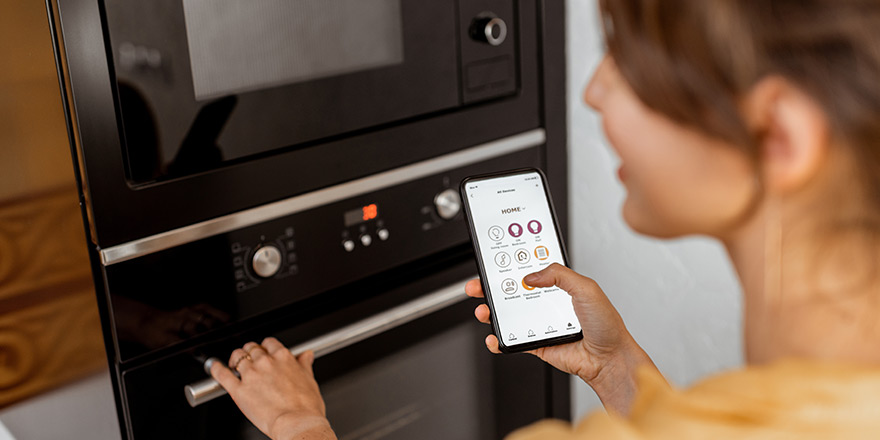Smart connected products must live up to their promise
Learn how IoT can help you provide a connected customer experience, and why a disconnected smart product experience will quickly sour your customers.

Smart connected products can only provide a great customer experience if they are truly connected.
A lot of time and money has been spent by companies in the last few years to create a great customer experience – both online and in stores. Where the origin of customer experience started in store, it has expanded rapidly into other channels.
Customer 360 projects use data from customer touch points to get a complete view from purchase to service and support. These, along with omni-channel initiatives, are all being initiated to bring down those walls and provide a better experience.
How smart is it?
Now there is a new nut to crack in this arena: I call it the connected customer experience. The channel? Smart connected products. With the advance of the Internet of Things (IoT), more and more products are getting smarter. But making things smarter also raises expectations – with great powers come great responsibilities. And that is exactly what is going to bite a lot of companies in the backside.
I recently had an experience that brought it all home. Last year, when I had my kitchen re-done, I spent a fortune on an oven from a very exclusive brand. My wife selected the oven based on the brand, the aesthetics and some of the features – like being able to heat to 300 degrees C, turning it into a real pizza oven.
Of course, I had to figure out all the gadgets and gizmos and quite quickly ended up consulting the paper manual. It turned out that the oven – and another two devices I bought – had a connected feature. “Cool!” I thought, “Let’s connect.”
The disconnected customer experience
I downloaded the app, created my profile, and connected all three devices. This all went quite smoothly. It was nice to see the timer going off on my mobile phone, reminding me while I was working that there was still something in the oven. I even figured out how to start the oven from a distance safely. So far so good.
Until we wanted to bake a pizza. While heating the oven to 300 degrees it started to give an alert on the display: “Contact service desk.”
I was looking up the number in the manual and noticed that it said if your oven is connected, your service assistant can diagnosis the problem remotely. “Aha!” I thought, the wonders of IoT finally at work.
What a deception it turned out to be.
From a traditional experience perspective, the whole conversation with the call center went fine. The phone was picked up quickly, the lady was friendly. However, when I mentioned that I had a connected oven and that I had already registered, she had to admit that there was no link between her administration and the app.
I wasn’t known in the (service desk’s) system yet (why not? I registered my device on the app!) and we had to go through the whole registration process again. She couldn’t access my oven (and honestly, I don’t think she would have known what to diagnose if she could have). So, I had to read out the E-codes and a bunch of other codes, from an impossible place, lying down on the ground, to see the sticker at the bottom of the door (which I am pretty sure would all have been accessible through the app). Finally, an appointment was scheduled.
This example underlines the point that, from a customer experience perspective, if your products are connected you also must aim for a connected customer experience. Your product must become integral to the traditional channels as well as integrated throughout the whole support ecosystem – including email, social media, chat and call-center systems.
Why not dispatch the error message automatically from the app to the service desk? Why not have the service desk call you automatically, informing you of the issue and the resolution? With everything in place, that last mile shouldn’t be too hard.
After all, there is nothing like a connected customer experience – where everything goes smoothly and as it should – to help gain customer loyalty.
Which brings me to the conclusion. The end game of IoT is not device connectivity or management, the end game of IoT is business process automation and connectivity.
Because a disconnected experience – such as the one I had – will quickly sour your customer on your product. Connected or not.
You can read the original article in Big Data Quarterly here.